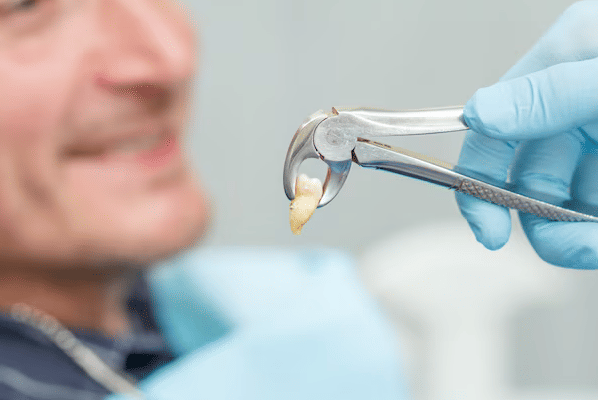Navigating Tooth Extraction: Your Complete Resource From Procedure to Recovery
Tooth extraction, also known as dental extraction Louisville KY, is the procedure of taking out a tooth from its socket in the jawbone. Repair is performed when a tooth is too damaged, decayed, or infected to be restored, or in cases involving severe overcrowding or impacted wisdom teeth. The process entails numbing the affected region with a local anesthetic, followed by the use of instruments such as an elevator to dislodge the tooth and forceps to extract it.
During a Dental Procedure to Remove a Tooth.
Your dentist will administer local anesthesia to numb the impacted tooth and adjacent gum tissue. They’ll also provide those medications if you opt for sedation.
Your dentist will carefully extract the tooth using specialized dental tools, gently loosening it from its socket. The dentist may have to make cuts in the gums to access the tooth – particularly if it is severely decayed or has fractured at the gum line. They may have to split the tooth into segments before taking it out.
Following this, your dentist will then clean and disinfect the socket of your tooth.
The dentist may insert a bone graft into the vacant socket. It helps to prevent bone loss in your jaw.
Your dentist may then place stitches.
Typically, dental extraction Louisville KY for a single tooth can take anywhere from 30 to 60 minutes. Extracting multiple teeth could take longer to complete.
Will a Tooth Extraction Heal?
Healing occurs in an empty tooth socket from the bottom upward.
Bleeding typically starts after dental extraction Louisville KY process.
A blood clot developing helps prevent dry socket and safeguards your jawbone and nerves.
The blood clot begins to incorporate itself into the surrounding tissue. The region may display a whitish hue. This is a normal symptom and does not necessarily indicate the presence of an infection.
The tooth socket is filled in with new tissue. During this healing stage, you may observe a slight indentation.
Post-extraction Dental Care
Consume soft foods. Stock your fridge and pantry with soft foods such as rice, pasta, eggs, yogurt, and applesauce.
Maintain the extraction site in a clean condition. Rinse the area with an antimicrobial mouthwash 2 to 3 times daily. Wait until your dentist advises it is safe to do so before brushing directly over your extraction site. Brush and floss all other areas as you normally would.
Follow all medication instructions carefully. Your dentist may prescribe antibiotics and pain relief medication. It is crucial to take all these medications precisely as instructed. You can also take over-the-counter pain-relieving medications, such as acetaminophen and ibuprofen.
